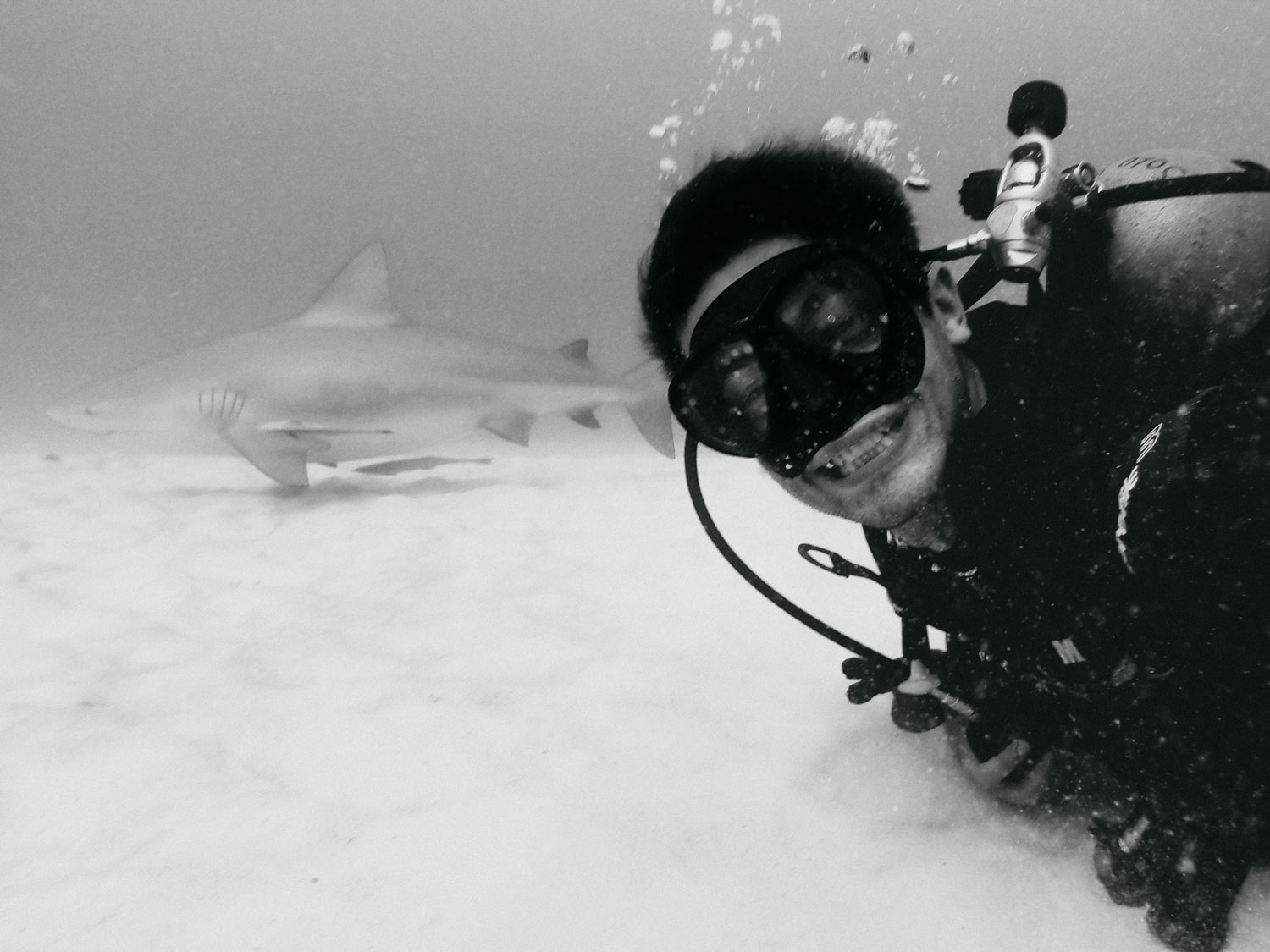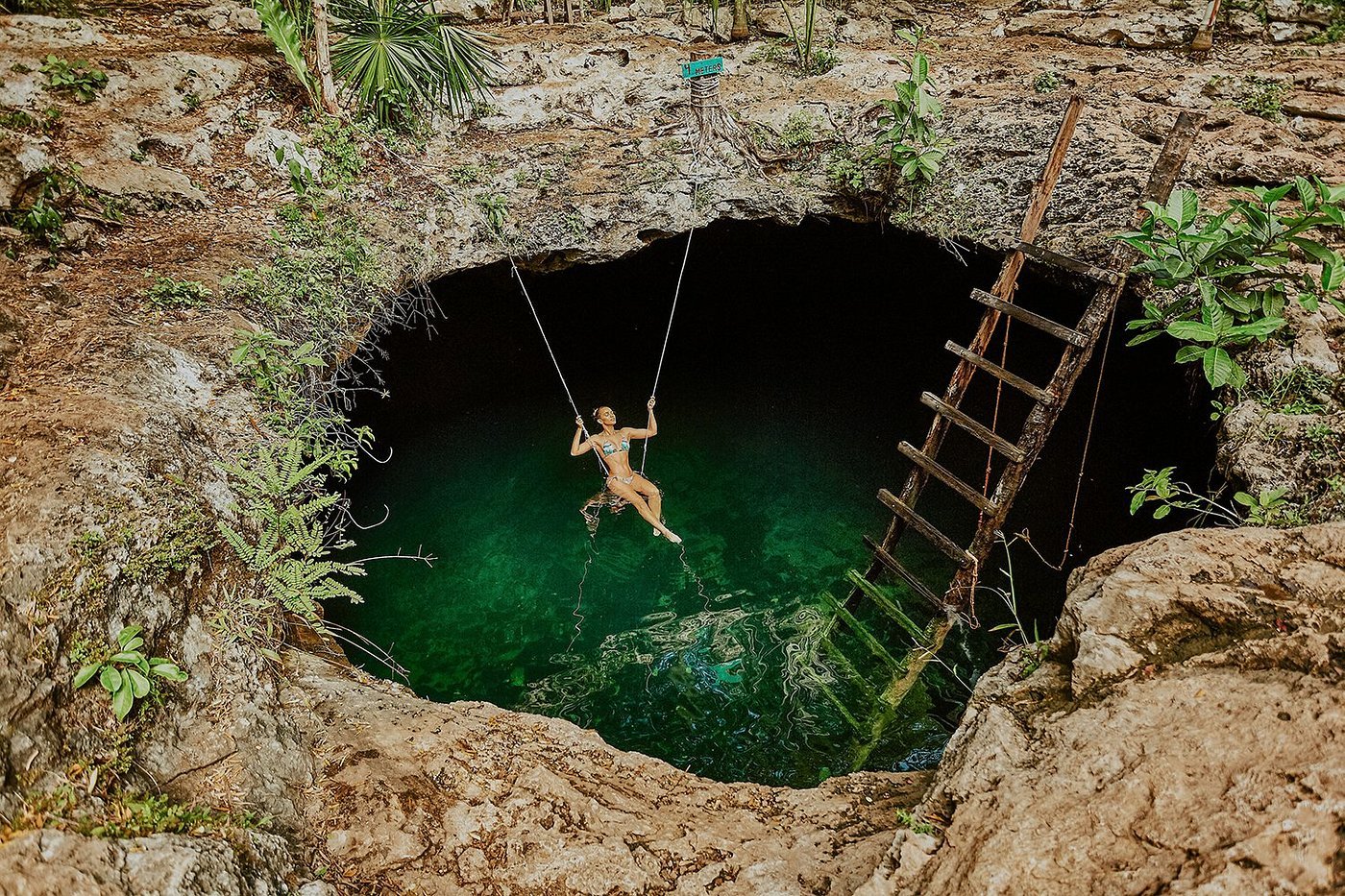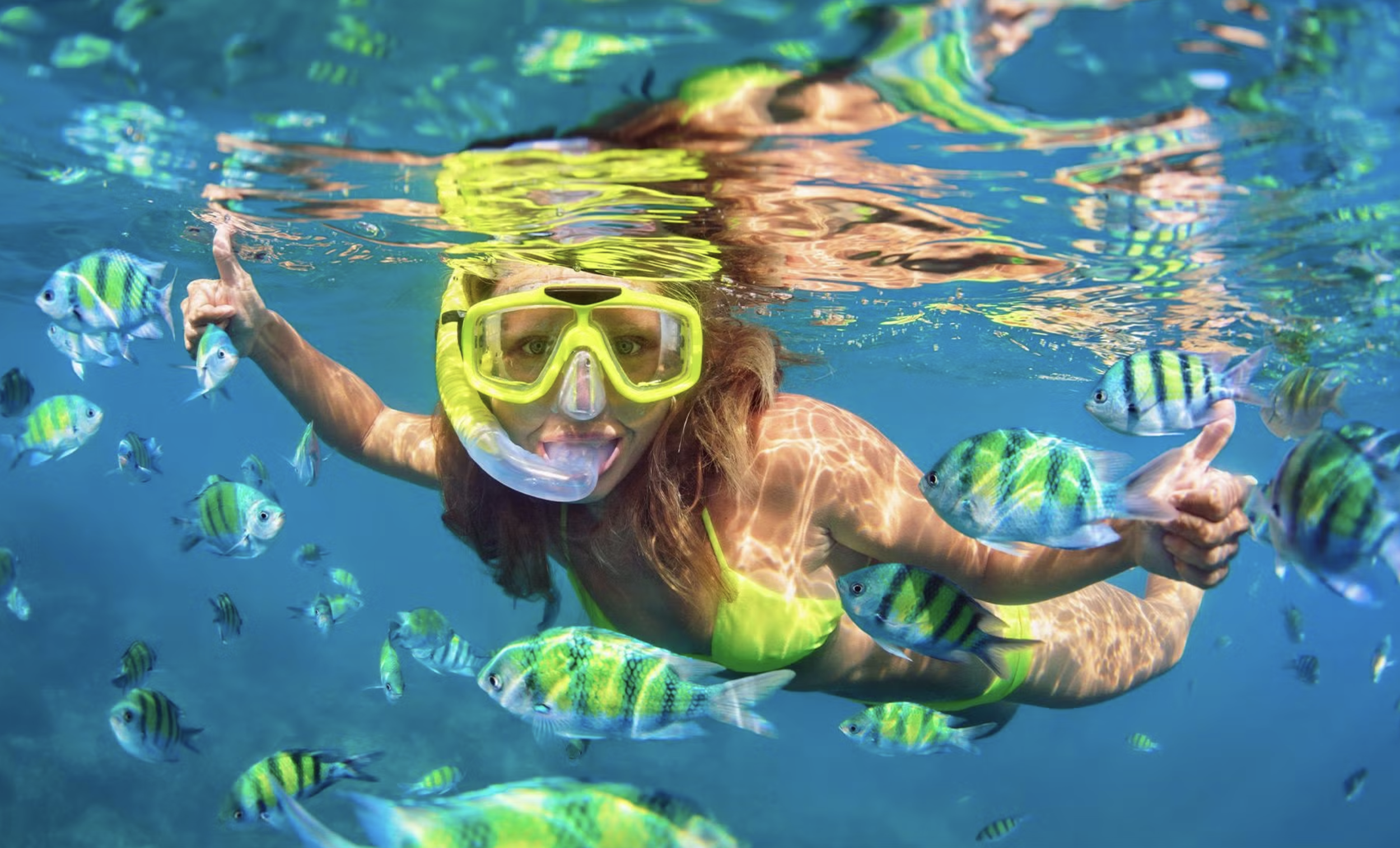Experience Bull Shark Season from November until March
Photo by ©Valentina Cucchiara, courtesy of Octavio Bullshark Diving.
Written by Dena DaSilva
The bull sharks are coming soon! From November until the end of February it's bull shark season in Cancun and the Riviera Maya. Many scuba dive shops offer tours and thousands of divers come to this region from all over as there are not a lot of other opportunities in the world to get up close and personal with these ocean predators. Although bull sharks are considered to be one of the most dangerous species of sharks, they're a highly valuable and well-respected predator in our marine ecosystem.
Hundreds of bull sharks arrive in the Mexican Caribbean at this time because female bull sharks come to the region to give birth. It's believed that giving birth to their young is the primary reason these sharks to come to the area. The females arrive pregnant then disappear for a week and return thinner.
© Courtesy of Planet Deadly.
What is a bull shark?
Bull sharks are recognized by the following characteristics: the middle part of their bodies are wider than other sharks, they’re grey on top and white on the bottom and have 2 dorsal fins, the larger one in front. The nose of a bull shark is wide, not pointy and round like other sharks and they can reach up to 2.5 meters (just over 8 feet) in length and weigh up to 250 kg (551 lb). Also, the female sharks are larger than the males.
They’re viviparous, meaning the embryos develop in the placenta inside the body and have a live birth outside the body. The bull sharks can have from 1 to 13 babies and live up to an average of 32 years.
The bull shark is a great predator and has an incredible sensory system. Here are some interesting facts about their senses:
Although they have poor vision, they can feel movements and light even at nighttime.
Their hearing is sharp. They can perceive low-frequency sounds and even determine the direction from where it comes.
Their sense of smell is phenomenal. They can smell the presence of small quantities of substances such as blood of other fish and even determine its origin.
The shark’s sense of touch comes from colliding into objects with its nose to determine whether the object is edible or not.
Sharks have taste cells in the mouth and throat which helps them determine if something is edible or not.
Sharks have electroreceptors that run from the brain and all throughout their body in a lateral line. This serves to capture vibrations over great distances. They can sense when a fish cannot swim well or is injured, making them a fierce predator.
Is it safe to swim and dive near these sharks?
Bull sharks have been around for 400 million years and have been known to possess an unpredictable behavior which has always generated some fear. However, over time, observation of this species has made it clear that human beings are not on this shark’s diet. They’ve just developed a bad reputation as great predators and killers and are classified among the three most dangerous shark species (Great White, Tiger, and Bull). Most shark attacks that have been attributed to the bull sharks have occurred in shallow waters with poor visibility. Therefore these attacks have been more out of a confusion for prey than the purpose to attack or to show aggressiveness and power.
It’s been witnessed and reported in a variety of recent diving experiences that the behavior in which the bull shark interacts with divers has shown it to be a surprisingly harmless species.
We’re extremely fortunate to have this majestic species of shark visit each year. Many marine biologists have been able to observe them over time and keep records of their behavior in order to help in the preservation of future bull shark generations.
Our very own Creative Director diving with the bull sharks in Playa del Carmen.
The preservation of this species
There are organizations like Saving Our Sharks and Save Our Seas that help to preserve the species in this area. They have guides for responsible shark tourism and sustainable practices to minimize the risk of accidents and maximize the experience for divers. These guides also help to develop awareness with our visitors about the importance of sharks in our marine ecosystem. They will instruct you how to swim near these sharks without disturbing their environment.
The face-to-face encounter with these predators will surely pump adrenaline through your system! Allow Maya Luxe to organize a bull shark dive tour for you. But please note, many tours require that you have taken at least a certain number of registered dives (usually around 20) or must take a test before going on a shark dive. While you’re on your tour, you may also encounter some other species of sharks like the Caribbean reef shark or the nurse shark that are often seen swimming close to the coral reefs.














